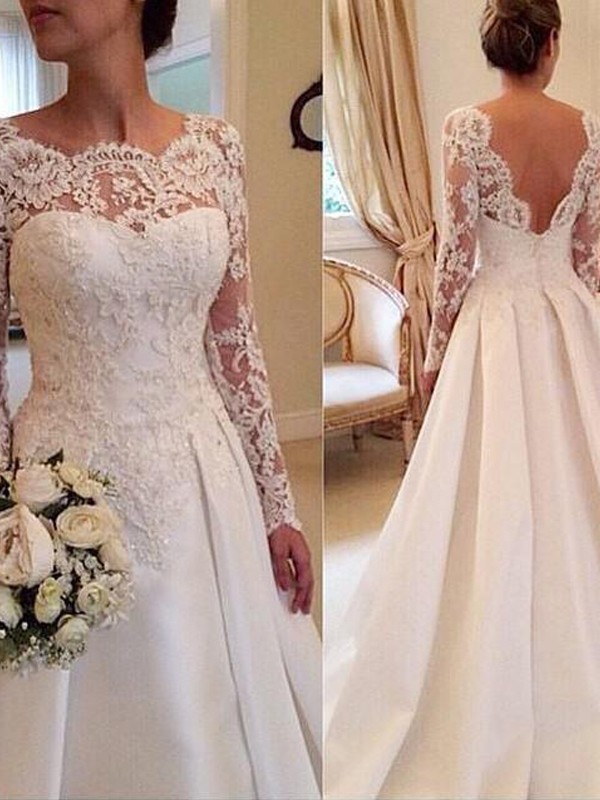One of the most important decisions a bride must make is selecting her wedding gown. Finding the ideal gown may be like going through a maze because there are so many different designs, materials, and characteristics. However, to make sure the dress fits perfectly, adjustments are sometimes required even after you’ve found the ideal one. Expert tailors and seamstresses in London’s rapidly growing wedding dress alteration industry understand that changes can drastically alter a gown’s dynamics, particularly about layers, trains, and bustles. Let’s see how expert wedding dress alterations maximize wearability and increase attractiveness for the special day.
Understanding the Complexity of Layers
A wedding dress’s layers can provide stunning visual appeal, but they can also complicate fit and comfort. Numerous layered dresses, such as ball gowns or A-line shapes, have voluminous constructions with depth and drama created by tulle or organza.
Adjusting Layer Lengths: One of the primary alterations involves shortening or lengthening layers for a cohesive silhouette. A gown’s train might be breathtaking, but if it’s too long for a bride’s height, it can make you look clumsy. A skilled tailor can alter the lengths of various layers so that they seamlessly flow, optimizing not just the aesthetic appeal but also the ease of movement.
Reducing Bulk: Excess fabric, especially in voluminous layers, may take over a bride’s figure. Through strategic layering adjustments, a tailor can reduce bulkiness, ensuring that the dress complements rather than overwhelms the wearer. This may involve trimming layers while maintaining their texture and finish, allowing the bride to move gracefully.
Creating Shape and Structure: For layered gowns that require more definition, a tailor can introduce structure by adding or altering undergarments, like crinolines or petticoats. These alterations enhance how layers fall, providing a tailored look that enhances the bride’s natural silhouette.
Navigating the Challenges of Trains
Trains can add a romantic touch to many wedding dresses, but they also require careful consideration regarding design and wearability.
Length Adjustments: Similar to layers, the train’s length needs to be adjusted for the bride’s height and the use of the venue. An excessively lengthy train can become unmanageable and even dangerous for tripping, which is especially important for an outdoor wedding. The train length can be adjusted by a talented tailor to maintain style while yet being appropriate.
Attaching for Easy Bustling: To enhance mobility during the reception, a seamless bustling technique is essential. A trained professional can transform a long train into a beautiful bustle that allows the bride to dance freely.
Mastering the Bustle
Bustles are designed to lift the train off the ground, offering both function and fashion.
The Bustle System: A good alteration process will include creating a well-functioning bustle that allows for a variety of styles, whether a dramatic staircase bustle or a subtle single-point bustle. Well-placed buttons, hooks, or ties ensure the bustle is secure while remaining easy to manage.
Aesthetic Considerations: When altering a bustle, a seamstress pays careful attention to how the fabric gathers and falls. Well-designed bustles not only accomplish their function but also enhance the gown’s overall aesthetic appeal by skillfully merging each layer while preserving the train’s airy charm.
Balancing the Silhouette: Bustles must also be balanced against the dress’s general silhouette. A well-altered bustle will enhance the bride’s shape while remaining true to the style of the gown.Changes can be made to guarantee a seamless transition from the train to the dress’s main body, creating a continuous display deserving of attention.
Consult a Professional for Wedding Dress Alteration in London
The significance of trusting a professional tailor with your gown for wedding dress alteration London cannot be overstated. When working with intricate parts like layers, trains, and bustles, careful attention to detail and a thorough understanding of fabric dynamics and structure are essential.
The Final Touches: Once the alterations are complete, a final fitting is essential to ensure everything sits perfectly. This fitting allows the bride to assess mobility and comfort before her big day, giving her peace of mind as she prepares to walk down the aisle.
By investing time and skill into these adjustments, brides can walk down the aisle with confidence, knowing they are dressed in a gown that fits perfectly, complements their figure, and showcases their unique style.
